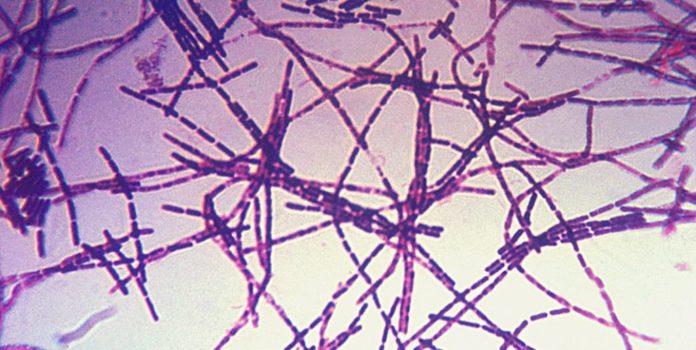New research has revealed how bacteria use complex signaling networks in which to adapt to their environment. The study was carried out by John Innes Centre researchers in an attempt to better our understanding of plant and human diseases. To help them develop an advanced analysis method they used data from a previous study involving the plant-growth promoting bacteria Pseudomonas fluorescence. To help with their research the John Innes team put to use data gathered from a number of different microbiological experiments. In doing so they’ve been able to create a comprehensive ‘signaling map’ for the bacterial protein Hfq.
“Our technique allows us to follow every gene and protein in a bacterial cell, and say how it changes and at what level that change occurs, in response to a given signal input,” says Dr. Jacob Malone, project leader of the research. “We are using the same data sets as previous studies but we have developed a way of integrating the data using mathematics and programming. If you consider the individual elements of a movie: the photography, the soundtrack, and the script; by combining them you get a whole movie – something greater than the sum of the parts. This is the same principle, only with genetics.”
The team is hopeful the results from the study will change the way bacteria signaling networks are investigated, and that they’ll also advance our knowledge of know bacteria interact with their surroundings and how they instigate infections.
More News to Read

